Path
The Morostig thematic route winds through the Ljubljana Marshes and concludes at the pile dwelling. A walk along it will inspire visitors who are interested in the history of the area and its views, as well as its botanical and zoological features and its diverse habitats.
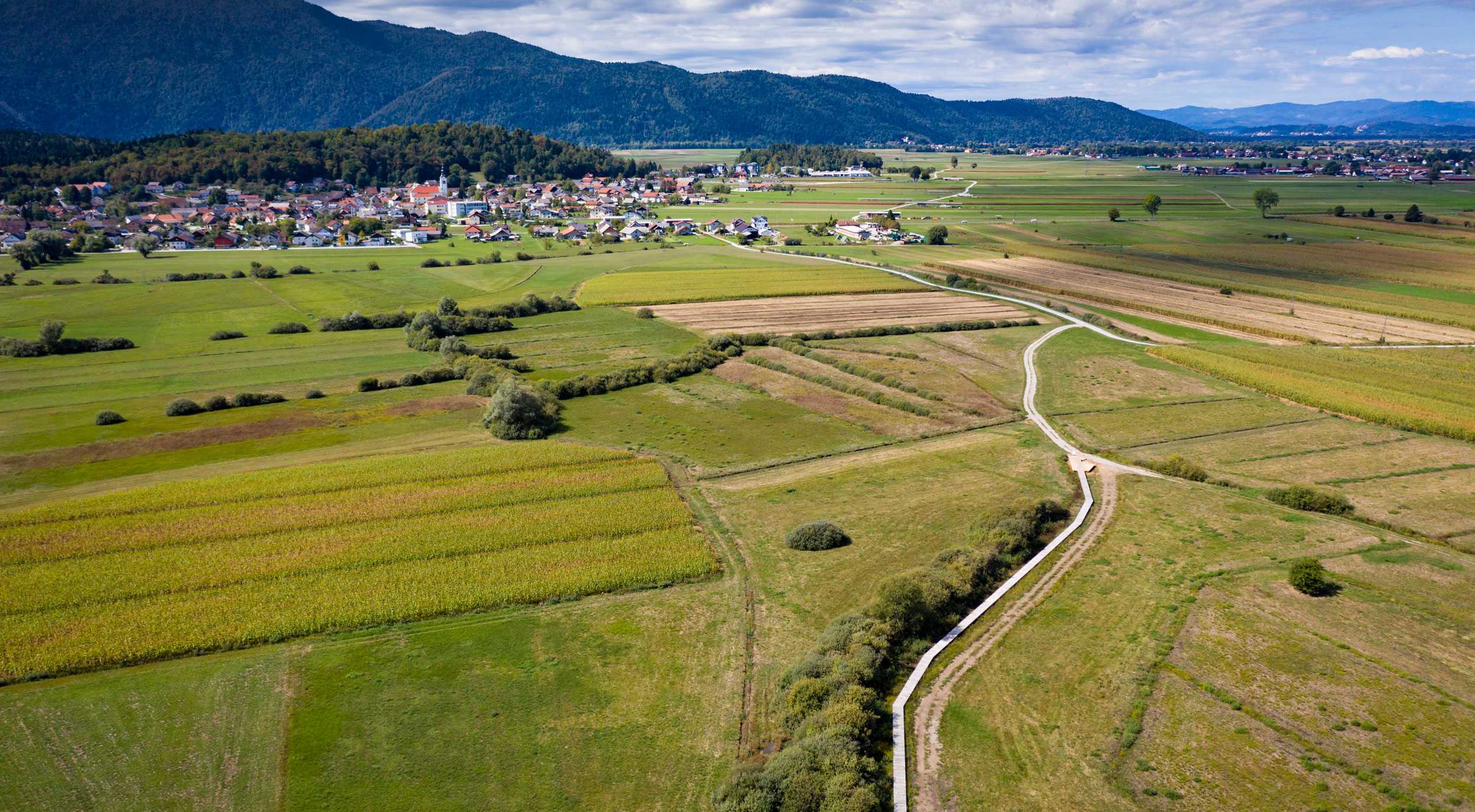
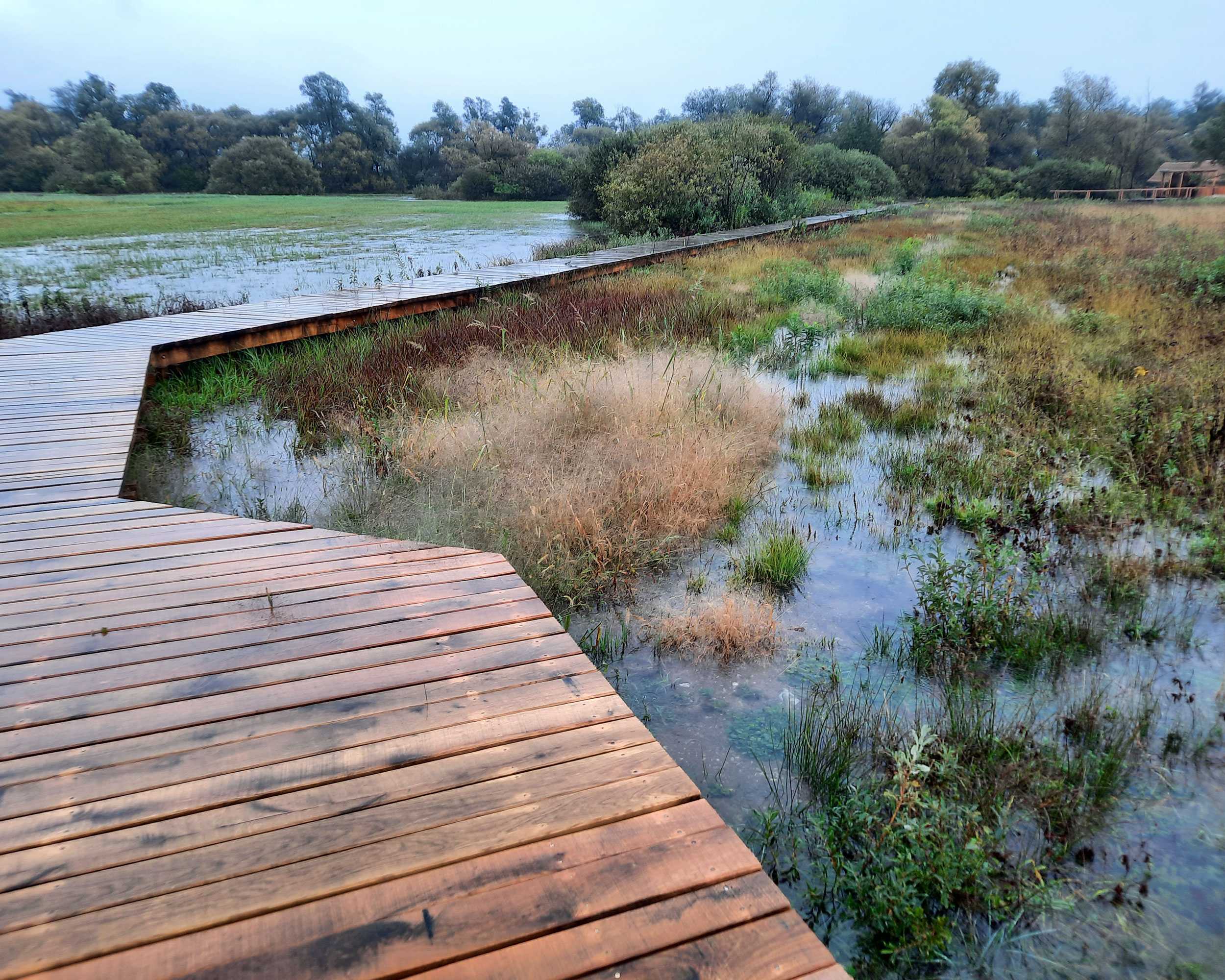
Ultimately, the Trail turns into a time machine that takes us back to the time of the pile dwellers. You will pass through the years of the first archaeological excavations in the Ljubljana Marshes, led by the versatile explorer Karel Dežman, as well as the years of the construction of the Ižanska cesta road and the Gruberjev prekop. Before you the year of the regulation of the River Iška, the era of industrial peat cutting, and the year of the first mention of the Castle on Pungrt Hill will each emerge. The time of the Roman legionaries, the era of the Molnik settlement, and other important milestones will whizz past you.
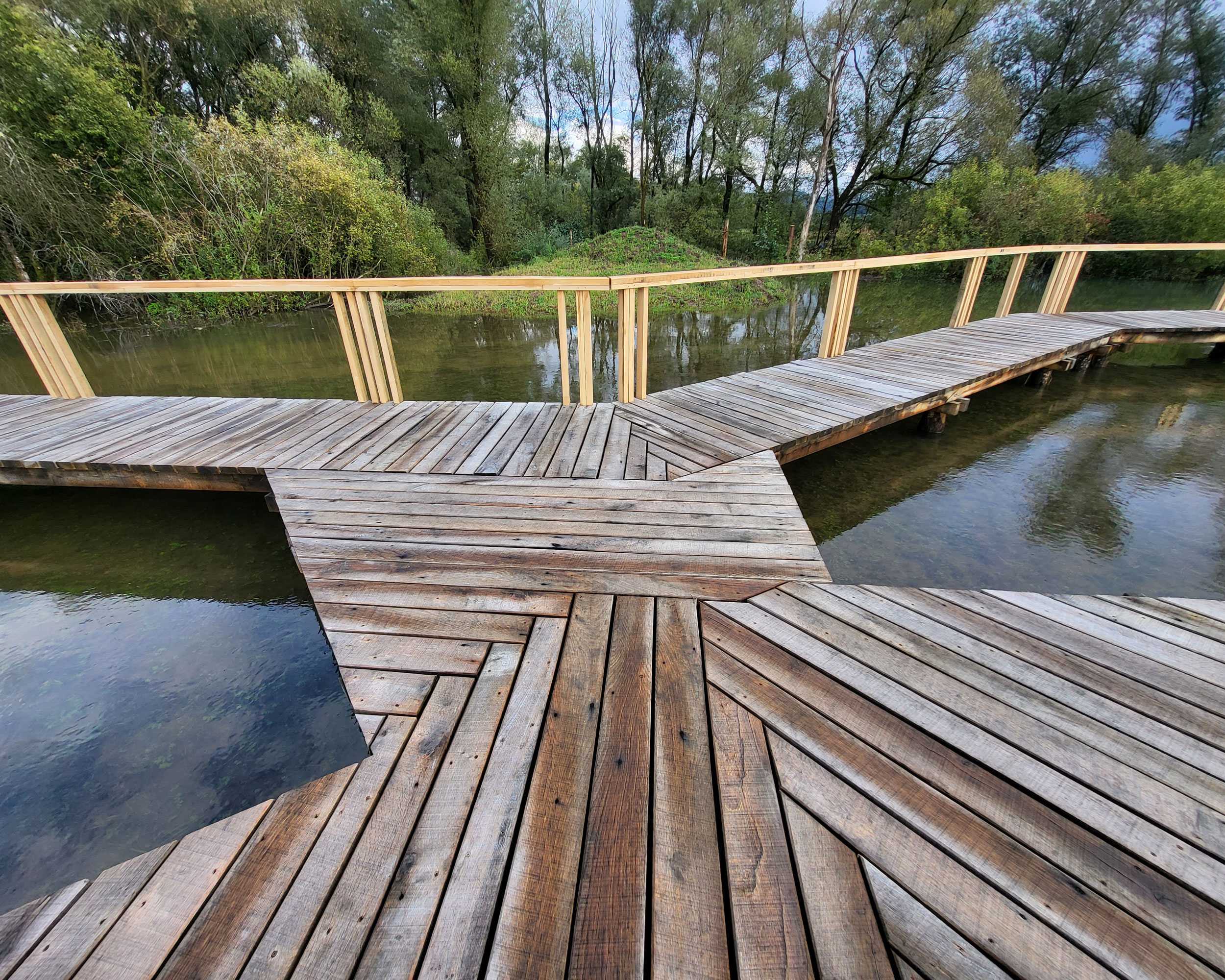
The Iščica River itself is full of life, but old trees along watercourses, standing water, and drainage canals, which cover more than 5,000 kilometres of the Ljubljana Marshes, are also important habitats for various species! At the same time, the wet soils, the many and varied meadows of the marsh, and its biodiverse hedgerows are home to many endangered plants, which are now disappearing at an accelerating rate, along with some species of fauna.
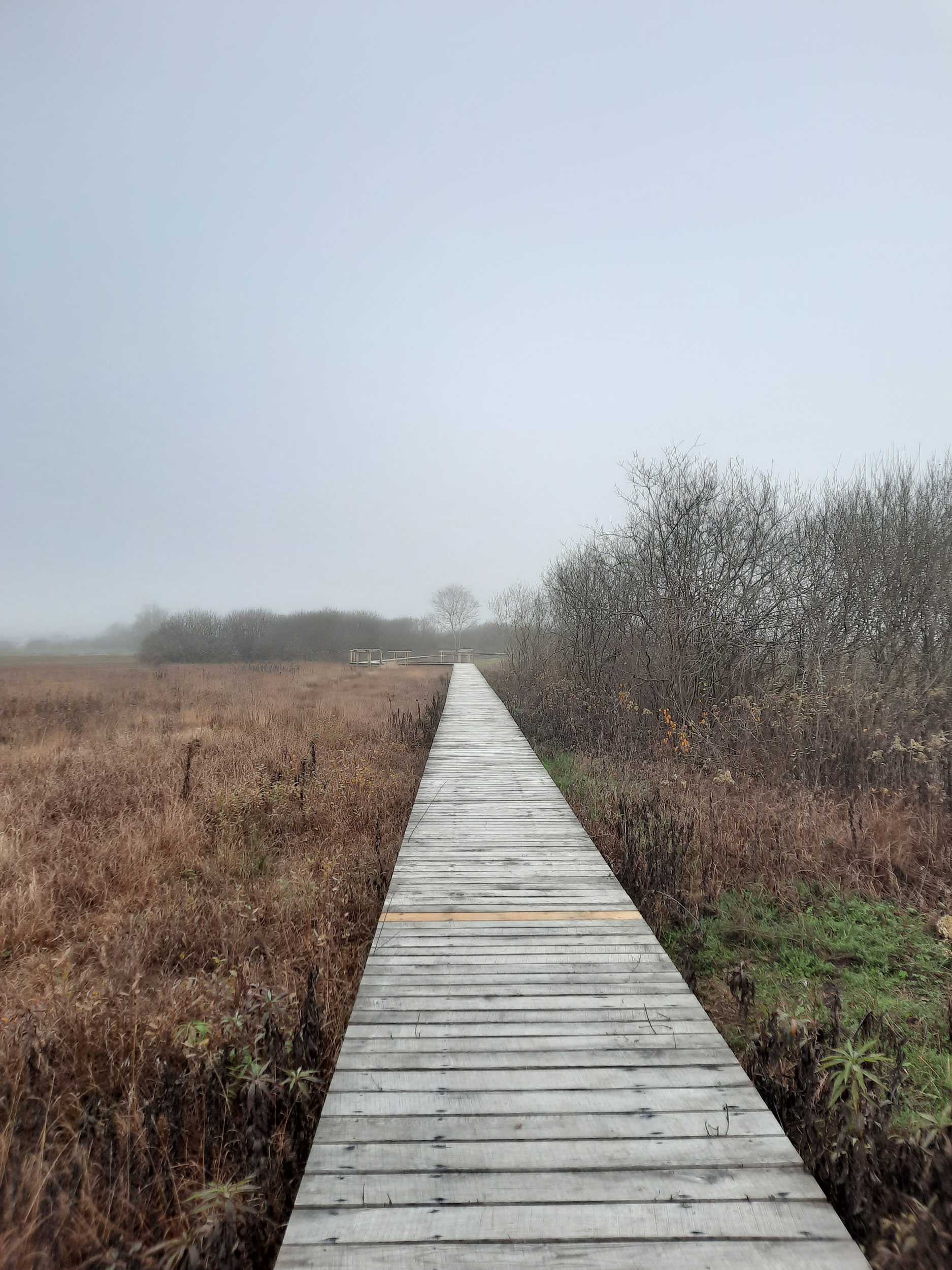
Unfortunately, the marsh itself is disappearing due to drainage works, peat cutting, and certain agricultural practices that affect both soil composition and groundwater levels. A high groundwater level is important not only for the survival of plant and animal species, but also for maintaining a range of processes that are essential for a healthy living environment. Therefore, it is no coincidence that the Ljubljana Marshes are protected as a nature park and have been declared a Natura 2000 site!
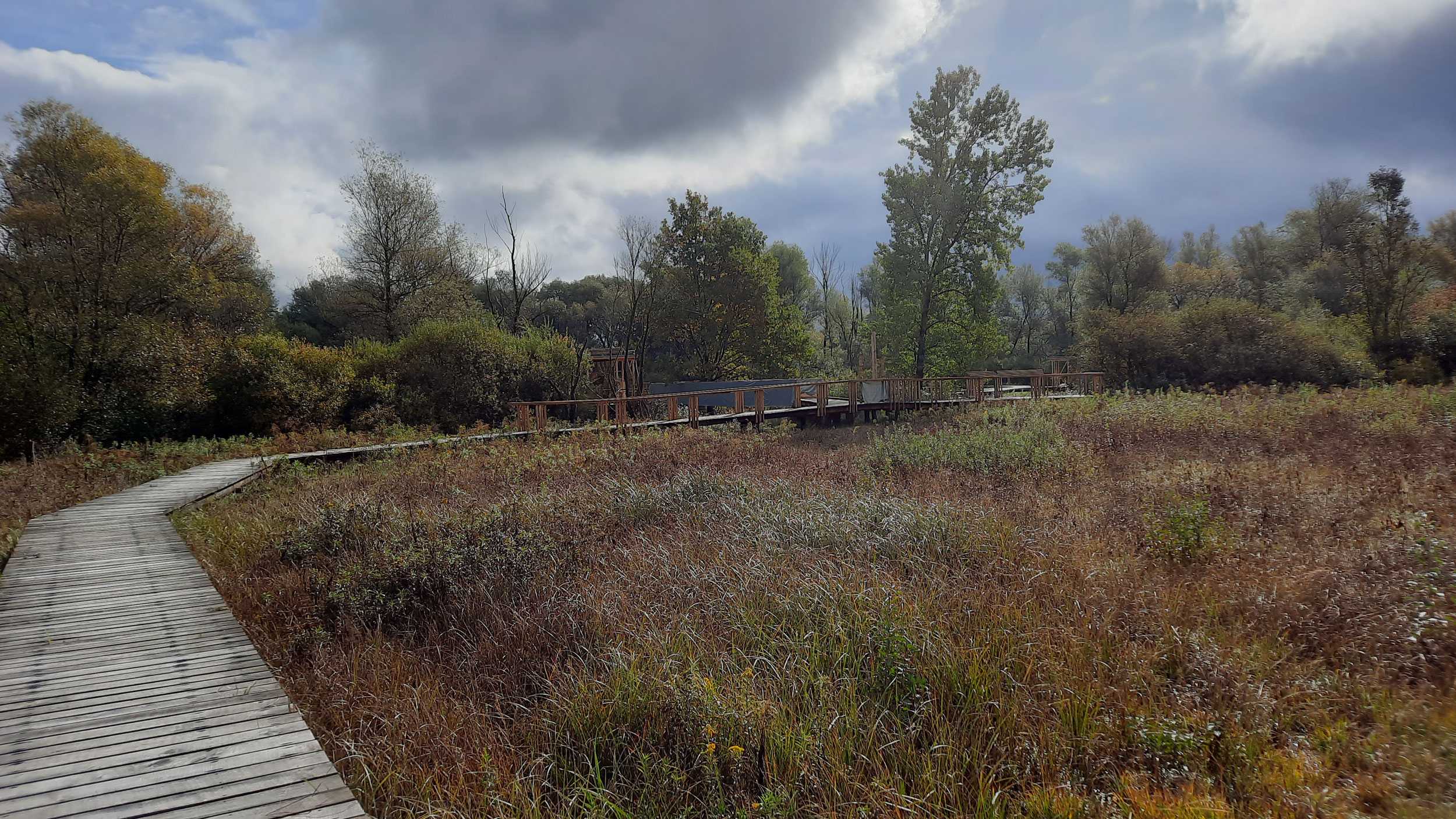
The first changes in the Ljubljana Marshes occurred independently of the pile dwellers who settled around 6600 years ago at the edge of what was a lake at the time. Otherwise, remains of pile dwellings have been found in most Alpine countries. Their abundance, the wealth of archaeological finds and, above all, the preservation of organic remains of piles, food, clothing, tools, and other utensils is of paramount importance for understanding the first permanently settled farmers and stock breeders in this part of Europe. In 2011, UNESCO recognised the outstanding universal value of these archaeological remains and inscribed 111 prehistoric pile dwelling sites around the Alps, including the pile dwellings at Ig, on the World Heritage List.